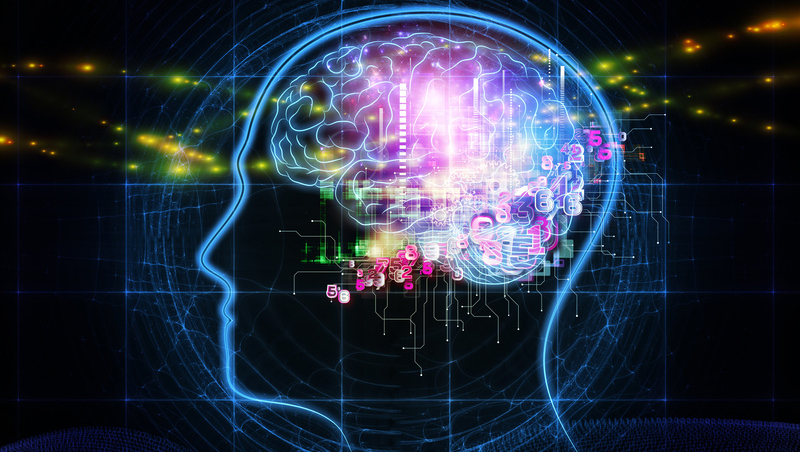Nadine emotional robot debuts in Singapore
The machine is socially intelligent and looks eerily human


Researchers in Singapore have showcased an intelligent robot that can express emotions, just like humans.
Scientists at Nanyang Technological University in Singapore say the robot is "socially intelligent" and looks like a real human too. In fact, she was developed to look exactly like her creator, professor Nadia Thalmann, who said robots like her will be increasingly used in the home and in the office.
Her emotions change according to the conversations she has with people. When she greets you, for example, she will shake your hand and smile, as if she is delighted. She recognises people she has already met and will address them with more familiarity.
Thalmann said the same intelligent software as Apple's Siri and Microsoft's Cortana powers Nadine, meaning her use as a personal assistant is pretty advanced.
She was designed to be the receptionist for the university and as such, she will answer questions posed to her, just like a human receptionist.
"As countries worldwide face challenges of an aging population, social robots can be one solution to address the shrinking workforce, become personal companions for children and the elderly at home, and even serve as a platform for healthcare services in future," Thalmann said.
"This is somewhat like a real companion that is always with you and conscious of what is happening. So in future, these socially intelligent robots could be like C-3PO, the iconic golden droid from 'Star Wars', with knowledge of language and etiquette."
Get the ITPro daily newsletter
Sign up today and you will receive a free copy of our Future Focus 2025 report - the leading guidance on AI, cybersecurity and other IT challenges as per 700+ senior executives
Nadine is just one robot being demoed by Nanyang University. Researchers also released information about EDGAR, a telepresence robot that can express the gestures of a human operator, including giving speeches where necessary.
"EDGAR is a real demonstration of how telepresence and social robots can be used for business and education," said associate professor Gerald Seet from the School of Mechanical & Aerospace Engineering. "Telepresence provides an additional dimension to mobility. The user may project his or her physical presence at one or more locations simultaneously, meaning that geography is no longer an obstacle.
"In future, a renowned educator giving lectures or classes to large groups of people in different locations at the same time could become commonplace. Or you could attend classes or business meetings all over the world using robot proxies, saving time and travel costs."
Main image credit: A Health Blog, Flickr

Clare is the founder of Blue Cactus Digital, a digital marketing company that helps ethical and sustainability-focused businesses grow their customer base.
Prior to becoming a marketer, Clare was a journalist, working at a range of mobile device-focused outlets including Know Your Mobile before moving into freelance life.
As a freelance writer, she drew on her expertise in mobility to write features and guides for ITPro, as well as regularly writing news stories on a wide range of topics.
-
 Women show more team spirit when it comes to cybersecurity, yet they're still missing out on opportunities
Women show more team spirit when it comes to cybersecurity, yet they're still missing out on opportunitiesNews While they're more likely to believe that responsibility should be shared, women are less likely to get the necessary training
By Emma Woollacott
-
 OpenAI's new GPT-4.1 models miss the mark on coding tasks
OpenAI's new GPT-4.1 models miss the mark on coding tasksNews OpenAI says its GPT-4.1 model family offers sizable improvements for coding, but tests show competitors still outperform it in key areas.
By Ross Kelly